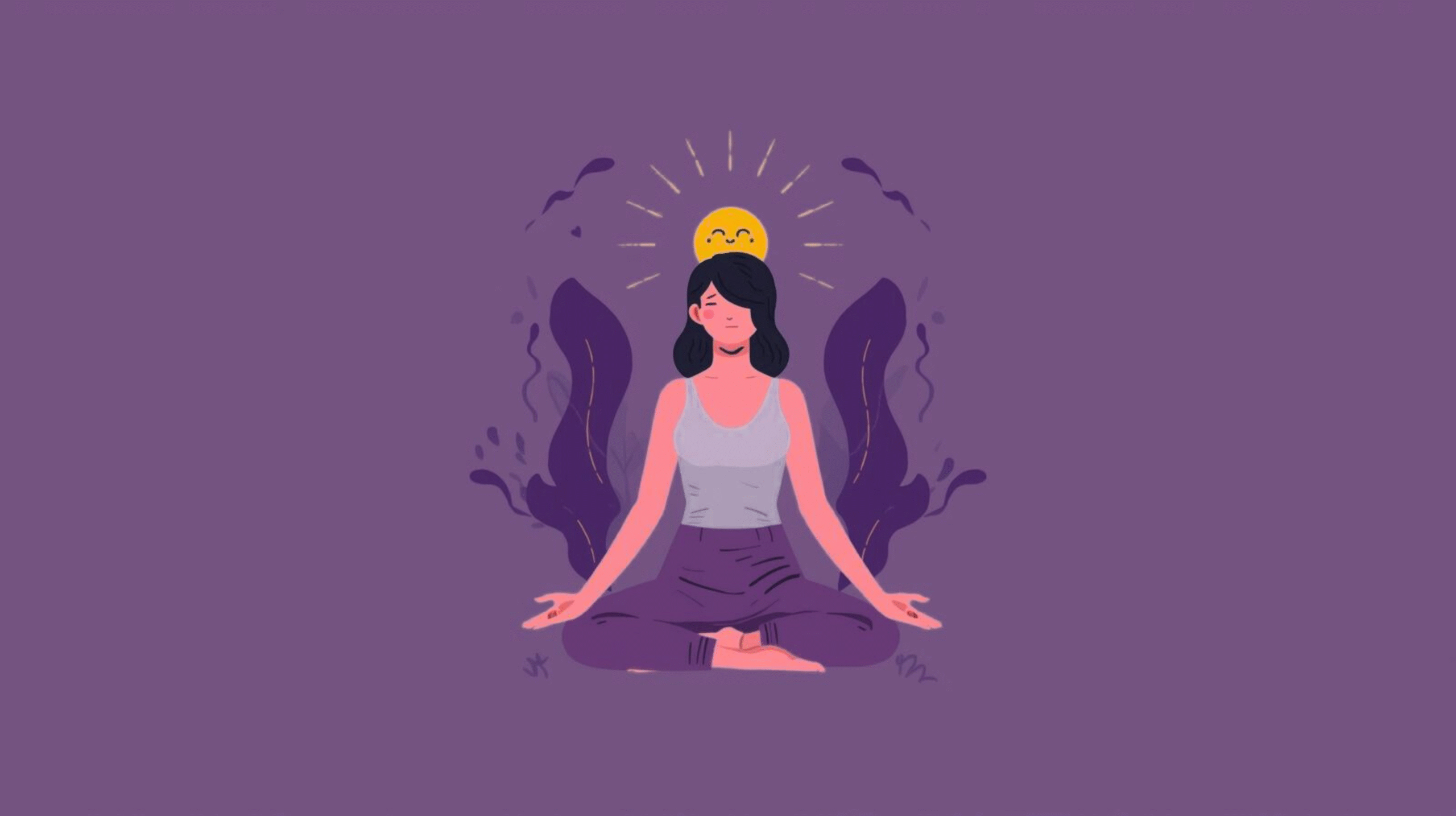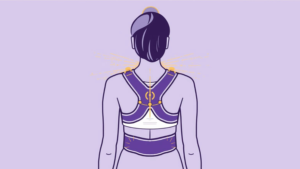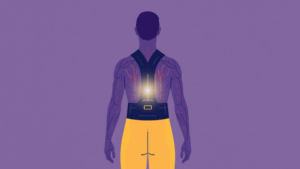In 2015, researchers in Tokyo designed a clever experiment. They asked office workers to complete a series of difficult math problems under time pressure. Half of them were told to sit upright with their backs straight, feet grounded, and shoulders open. The other half were allowed to slouch naturally.
The results were striking. Those who sat tall not only performed better on the problems but also reported less fatigue and greater confidence in their answers. The slouched group, by contrast, described the tasks as more stressful and mentally draining.
The only variable was posture.
The Science of Alignment
When you sit upright, you do more than look professional. You’re literally changing the way your brain and body communicate.
- Blood Flow to the Brain: A straight spine improves circulation, allowing more oxygen-rich blood to reach the brain, boosting mental clarity.
- Breath and Focus: Upright posture expands the chest, enabling deeper breaths. Oxygen fuels not just the body but the prefrontal cortex—the seat of focus and decision-making.
- Neural Signaling: Standing or sitting tall activates neural pathways linked to approach behaviors, which reduce fear and hesitation. In other words, your brain feels braver when your body looks braver.
Posture isn’t just a mechanical alignment of bones. It’s a physiological switchboard that decides whether you think clearly or feel foggy.
The Invisible Costs of Slouching
Slouching seems harmless in the moment. But the toll it takes on cognition builds up quietly.
- Shallow Breathing: Limited oxygen intake reduces alertness and productivity.
- Cognitive Load: The brain works harder under stress when the body signals “defense mode.”
- Mood Shifts: A collapsed chest mirrors sadness, and over time, the posture reinforces the emotion.
This is why a bad day at work often “feels” heavier when you find yourself folded into your chair. The brain is following the story your body is telling.
Everyday Habits That Dull Your Mind
Modern life offers endless opportunities to slump:
- Long meetings where chairs invite you to lean forward.
- Phone scrolling that keeps your head bowed.
- Laptops placed too low, training your spine into a curve.
Each moment seems trivial. But repeated thousands of times, they create a posture that clouds clarity and chips away at confidence.
Clues From the Body
Your body leaves signals when posture is draining your mind:
- Midday brain fog despite enough sleep.
- Difficulty focusing during tasks that used to feel easy.
- A creeping sense of irritability after long hours of sitting.
- Photos where your head juts forward more than you realized.
These aren’t signs of laziness—they’re the whispers of a nervous system misaligned with its design.
A Two-Minute Reset for Mental Clarity
Posture doesn’t need an overhaul—it needs reminders.
- Seated Anchor: Plant both feet firmly on the ground, straighten your spine, and tuck your chin gently.
- Shoulder Reset: Pull your shoulder blades back and down, as if placing them in your back pockets.
- Breath Alignment: Take three slow breaths, expanding the ribcage, letting oxygen refresh your brain.
- Stand Tall Ritual: Before an important call or meeting, rise, stand upright, and allow your body to lead your mind into clarity.
These micro-adjustments re-train your nervous system to associate upright posture with focus and calm.
The Bigger Lesson
Mental clarity doesn’t always come from working harder or drinking another coffee. Sometimes, it comes from the simplest alignment: how you sit, how you stand, how you breathe.
So here’s the question worth sharing: If something as small as straightening your spine can sharpen your thinking, what other invisible habits are quietly clouding your mind?
Co- authored by: Shayamal Vallabhjee
Chief Science Officer: betterhood
Shayamal is a Human Performance Designer who works at the intersection of psychology, physiology, and human systems design, for the last 25 years he is helping high-performing leaders, teams, and athletes thrive in environments of stress, complexity, and change. His work spans across elite sports, corporate leadership, and chronic health—and is grounded in the belief that true performance isn’t about pushing harder, but designing better.























